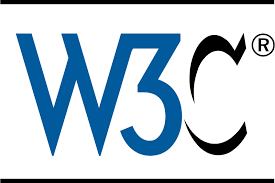Profile to Enable Automated Deployment of OVF Packages 1.0.0
In order to promote the wide spread adoption of OVF it is important that software vendors have confidence in the ability to build an OVF that can be deployed on a set of target virtualization platforms (aka hypervisors). To this end it is useful to define additional constraints and requirements on the OVF package to enable automated deployment and portability. Interoperability, i.e., the ability to be deployed on target virtualization platforms, is also enhanced.
The Open Virtualization Format standard defines conformance requirements, but these are not sufficient for the use cases that this specification addresses. Conformance can be done by inspection, checking for the ovf:required tag in the OVF and noting the conformance level as specified in the standard.
Software developers need guidelines for what needs to be included in each section of the environment file to ensure that a deployment function is capable of deploying the OVF.











